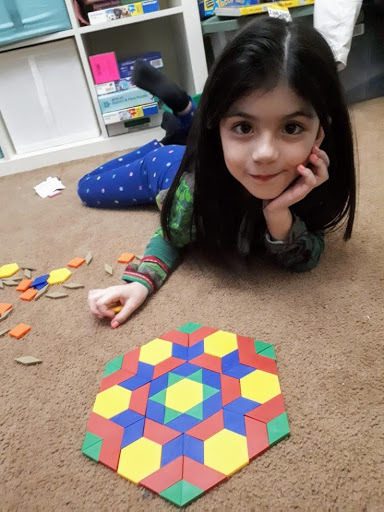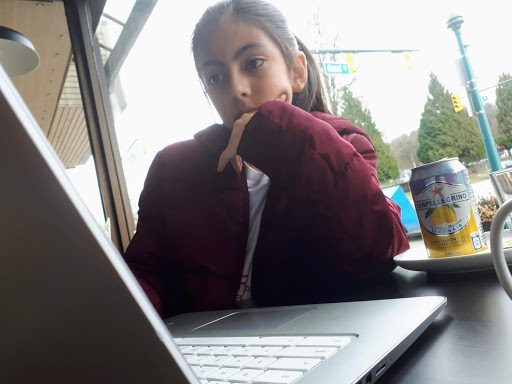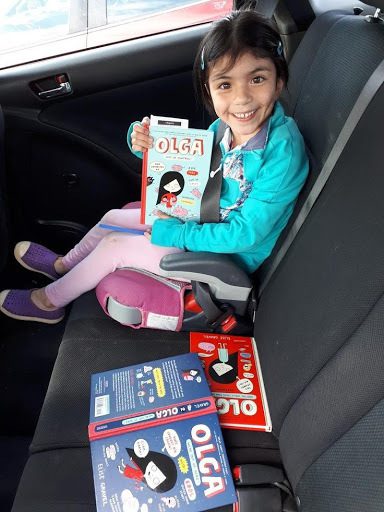Making sure my daughters love STEM
Back to Posts
By Lino Coria (Guest Contributor)
We all have read all these articles with stats on how women are significantly underrepresented in science, technology, engineering and math (STEM). You have probably witnessed it as well (I have). There are other articles explaining how girls lose interest in STEM as they get older. According to this article, “[t]he reasons range from peer pressure, to a lack of role models and support from parents as well as teachers, to a general misperception of what STEM careers look like in the real world.”
I am very concerned about this, particularly because I have two young daughters (ages seven and twelve). I am working to reduce these negative circumstances. I would like to share some of the things I do.
Now, before I do that, I want to clarify a few things:
- I am not an expert in children’s education. I’m just a dad.
- I don’t want my daughters to choose a STEM career. I do want STEM to be an option.
- I don’t want them to become STEM ninjas (or unicorns or whatever cool term is currently being used). I just want them to find it exciting, fun and cool.
STEM professionals as regular people
I am an engineer and so I know a bunch of other engineers (both men and women). There are scientists in the family and in our group of friends (both men and women). Because of this, my daughters don’t think of becoming a scientist or an engineer as an unattainable goal. Now, I understand that not everyone might know a scientist so my suggestions are:
- Watch TV. Yes, TV.
- There are tons of documentaries featuring women scientists: some are women of colour, some have accents (to me this is super important).
- Documentaries are not the only way TV helps promote STEM. There are many shows that help kids understand and love science. Especially shows for young children (once kids are pre-teens they get less options). My seven-year-old has been watching science shows for several years: Sid the science kid, Dinosaur Train, Dino Dan / Dana, The InBESTigators (not a typo).
- Attend SCWIST events aimed at young girls. These events usually feature several women in STEM. I think this is a fantastic opportunity.
Building stuff
I have bought some STEM toys for my daughters and, unfortunately, assembling them is not a straightforward process. One of the boxes I got said it was for kids eight and older but I’m pretty sure an average fifteen-year-old would have a hard time putting all the pieces together.
There’s LEGO, of course, but it can be quite expensive. I did buy a bunch of generic LEGO pieces and also a couple of themed boxes (tree house, ice cream shop).
If you don’t have the budget for LEGO I suggest you buy a collection of plastic patterns. A bag with dozens of them costs $10 or $15. Kids can build stuff or organize it in many possible ways. Just give it to them and they will start playing.

There’s also a super cheap activity: building paper planes. My youngest daughter was building her own paper planes without any reference and was getting a little frustrated because they didn’t fly the way she expected. We searched on YouTube and found a video from the guy who built the paper plane that has flown the longest distance ever. We built that exact plane in ten minutes and had so much fun flying it. The following days, my daughter made tweaks to this plane and analyzed the results.
Coding
There are many drag-and-drop tools for coding. Scratch is one of the more mature ones. Mitchel Resnick, the MIT researcher behind Scratch, has a book entitled: “Lifelong Kindergarten: Cultivating Creativity through Projects, Passion, Peers, and Play”. I encourage you to read this book or take the free online course he offers. This is the approach I follow with the Scratch projects: my daughters work on a project they feel passionate about. They play with all the tools and, if they have a question, they can talk to each other (peers).

Stories
There are awesome fiction books with stories about mathematicians, engineers, scientists. Also about regular people who use the scientific method. I recommend the Olga series from Canadian author Elise Gravel.

Everyday life
Everyday life offers tons of opportunities to do math. Every time you cook you get to learn about fractions. On your way to school, count the houses that have red doors. Organize the stuffed animals from largest to smallest…
And that’s it from me. I hope some activities are useful to you. Again, the goal is not to turn my daughters into scientists or engineers. I just want them to be the ones choosing their career instead of other people.
If you have any ideas on how to engage girls in STEM activities please share them with me. I would love to read about them.